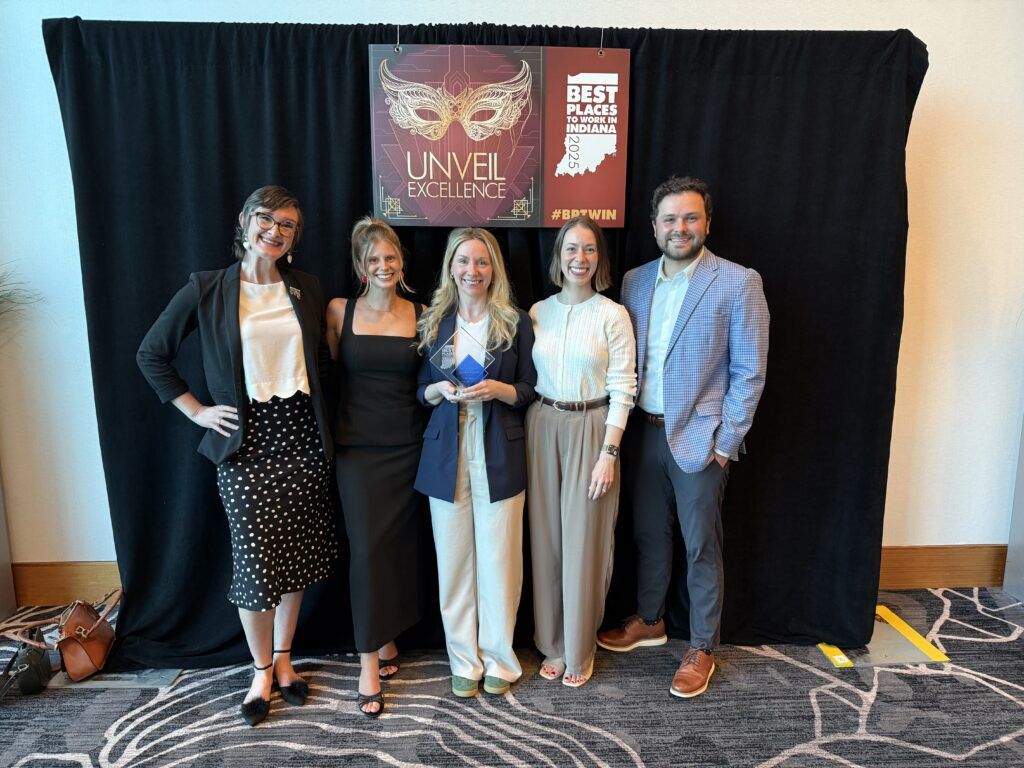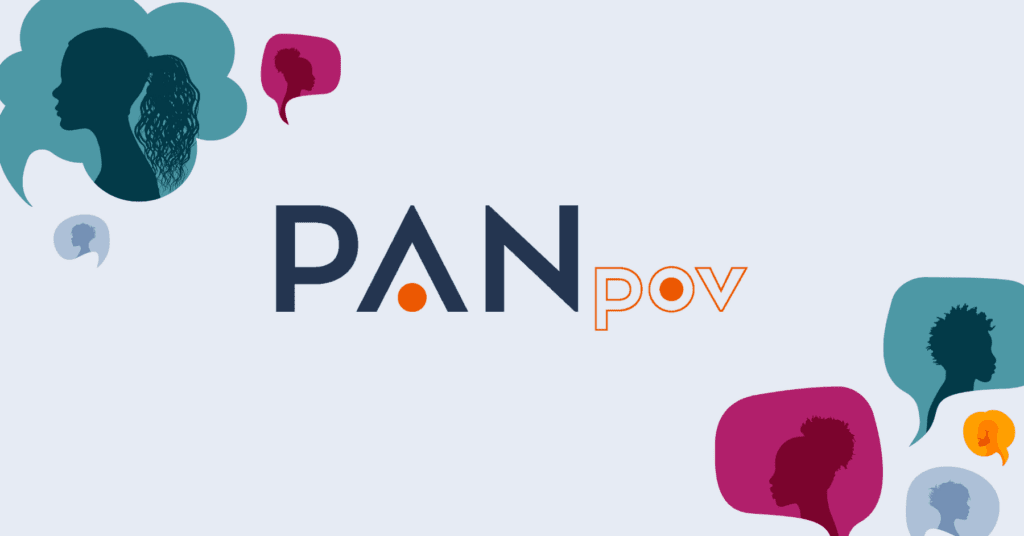Life rarely goes exactly as planned.
I always pictured my career as one of those rom-com montages where the full-of-potential young professional climbed the corporate ladder with ease. I was going to be the career gal, the one who juggled it all and never missed a beat. Then, life threw a curveball — or rather, a tiny human that I had dreamed about my whole life — and suddenly, the carefully crafted screenplay of my professional life needed a rewrite.
The idea of going part-time wasn’t a strategic masterstroke; it was a gradual, organic evolution that just felt right for me.
I wrestled with the shift, questioning if I could still maintain my professional momentum and impact. Would I be seen as less committed? Would I lose my edge? Would I still be able to make a meaningful contribution? It was a vulnerable transition, one that challenged my long-held beliefs about career paths and success.
My role at PANBlast wasn’t built for a part-time employee. But what truly mattered was that my leadership team was built for people. And that’s why I’m still here. Instead of fitting me into a preexisting box, they helped me create a role that worked for me while still providing value to the company.

This experience taught me a powerful lesson: Just because you’re part-time doesn’t mean you have to deliver part-time value. It would be easy to coast, to simply put in the hours and call it a day. But I’m invested in the company and people who work for it, and I’m committed to making a difference, regardless of my hours.
Here’s how I’ve made it work:
I forget the busy work and make everything count.
I’ve become laser-focused on high-impact tasks — things that will actually move the needle for our business and the clients I work with. Time is precious when you aren’t working as many hours as the people around you, so I have to make the hours I have count. (I’m also massively competitive, so that fuels my fire, too.)
I found a system that works best for me.
I’ve always been a fan of a well-curated to-do list. For years, I’ve broken down my tasks by priority for the quarter, month, week and day — giving me a daily view of big-picture goals. And I kept the same system when I went part-time. I truly believe this is the biggest reason I’ve stayed efficient and productive in my part-time work. This might not be the system for you, but everyone has something that works for them — find it!
I set appropriate boundaries.
One of my biggest fears was the “out of sight, out of mind” concept when I pared down my work hours. So, I made sure I wasn’t out of sight or mind. Protecting my time is important but so is making others feel like I’m an active, present member of the team.
It doesn’t work for everyone, but I make a concerted effort to be present on Slack (checking it at least once a day, even on the days I’m not “working”) and engage with what’s going on there. I don’t save my conversations or comments for the days I’m “in the office” because my coworkers deserve me to be a true part of the team. That doesn’t mean I’m checking Slack while I’m at the park with my kiddo, but I bake strategic times into my day (like before wake-up, during quiet time, or after my husband gets home from work) where it’s appropriate to turn on my “employee” brain.
I view myself as an equal part of the team.
When I went from managing a large team to becoming an individual contributor, it took me a second to start viewing myself as an equal part of the team. But as I continued to actively seek opportunities to add value, share my expertise and participate in team discussions, I realized that value is defined by output, not just input of time. Once you view yourself that way, others do too.
I’ve seen firsthand that part-time work can be incredibly impactful. Whether it’s developing a successful internal training program, contributing to a winning PR strategy or delivering exceptional client service, I’ve found ways to continue to make my mark.
And this mindset doesn’t just have to be for part-time employees. Our agency has a great opportunity to reframe how we interact with our clients. Sure, we aren’t full-time employees in our clients’ businesses. But if we view ourselves as true members of the team, we’ll make a much bigger impact. We can do this by being fully present, fully engaged and fully committed to that client’s success during the hours we work for them.
My team’s willingness to adapt and support my evolving needs has been invaluable. It’s a testament to the company’s commitment to its people.
I’m so grateful for the opportunity to thrive in a role that allows me to balance my professional and personal life.

I hope my career journey (so far) encourages others to challenge the perception of part-time work, whether it’s being a part-time employee or dedicating part of your time to a specific client or project. It’s not about the number of hours you work; it’s about your level of impact.



